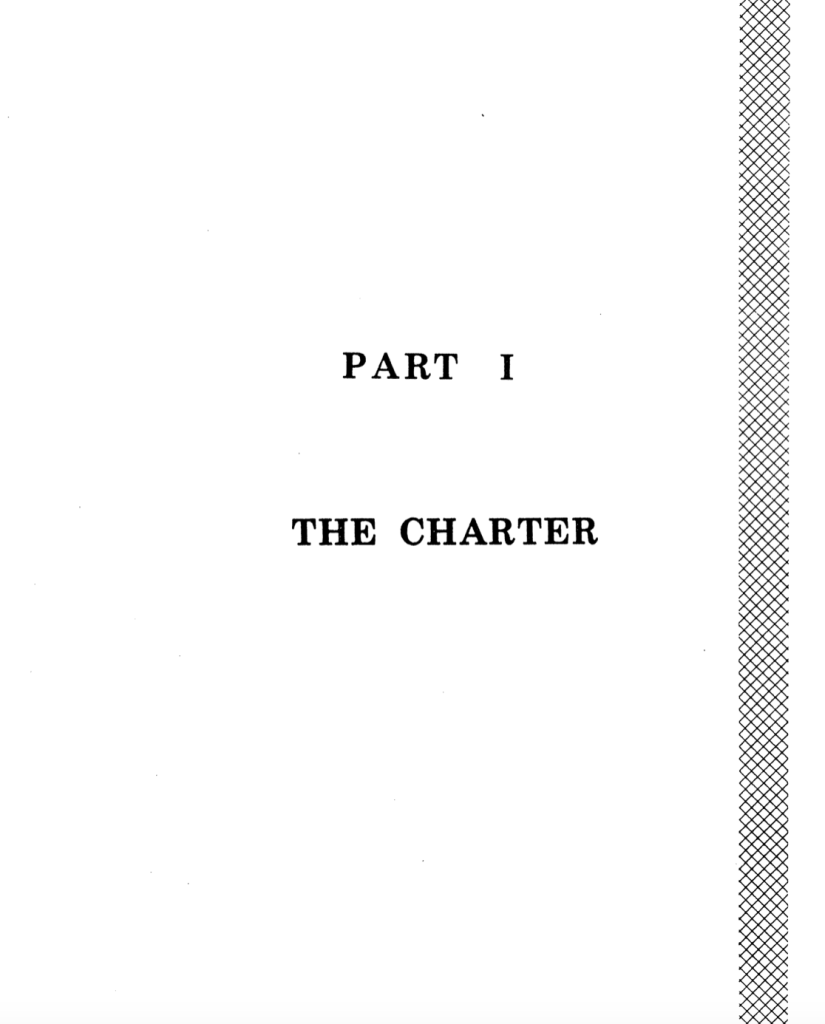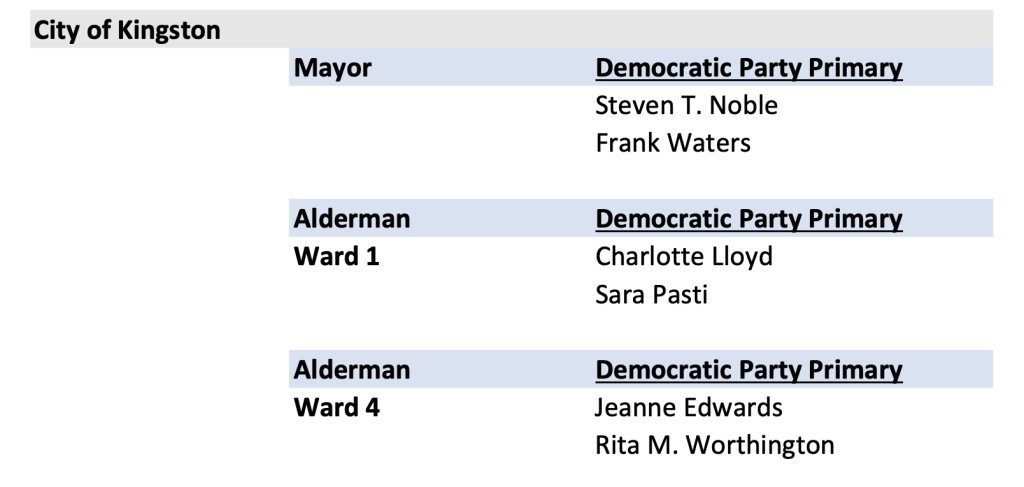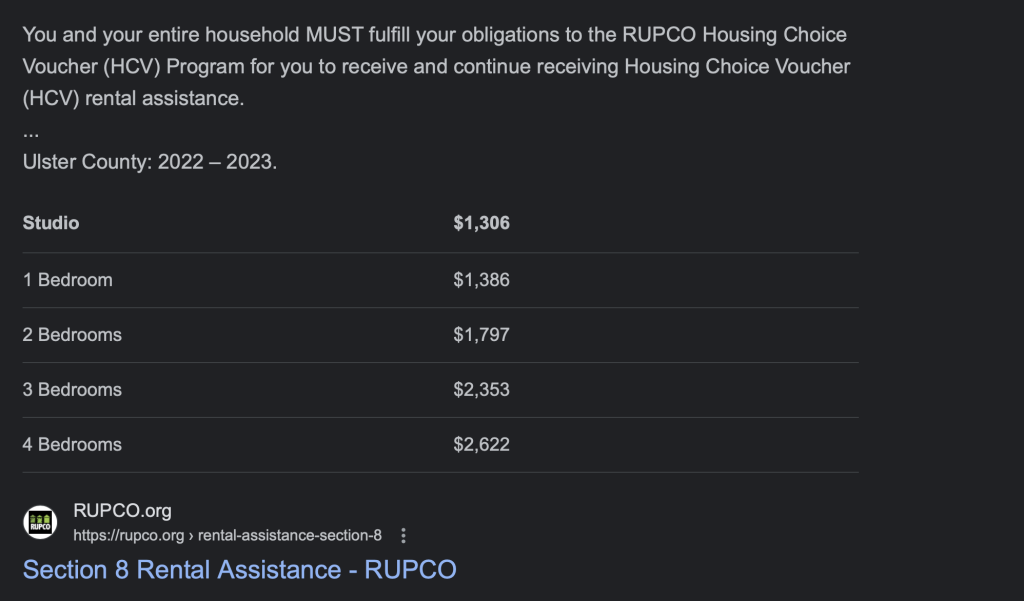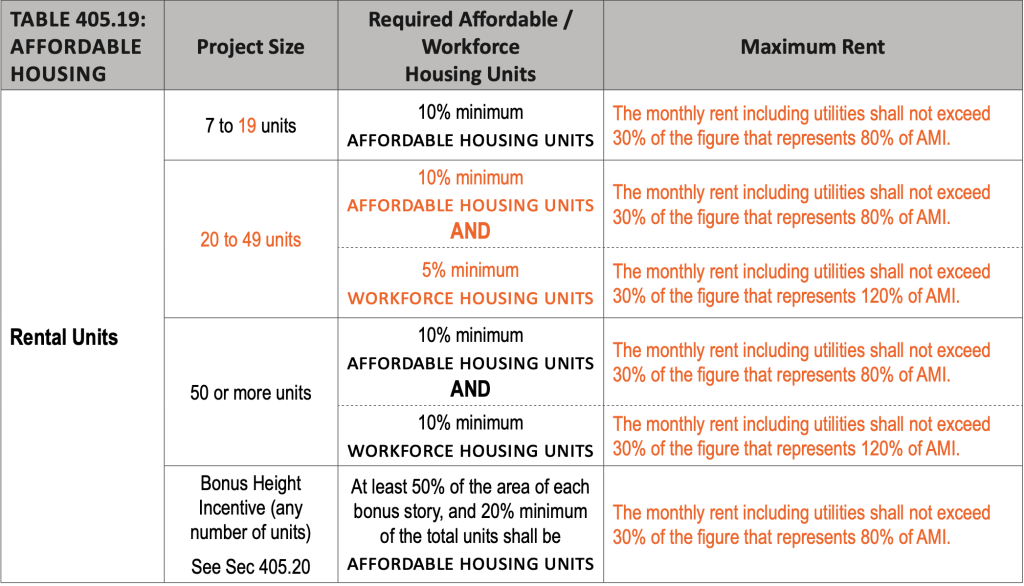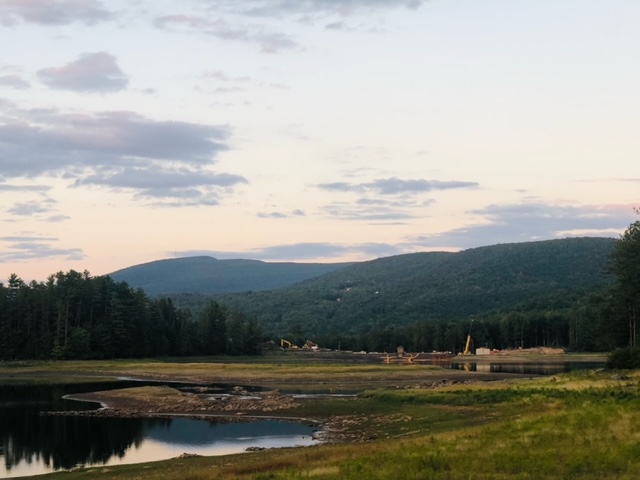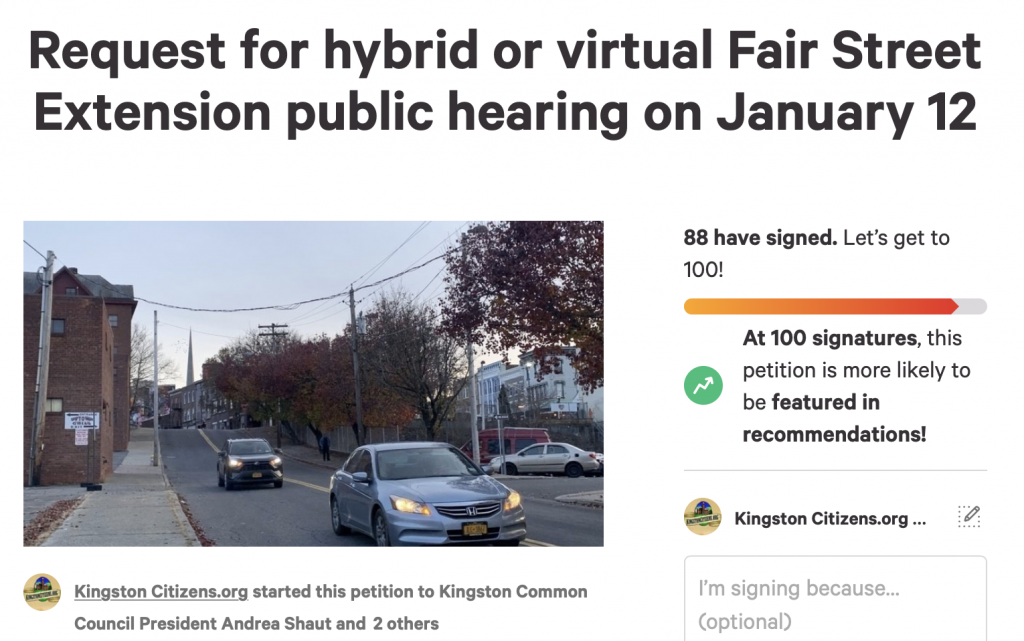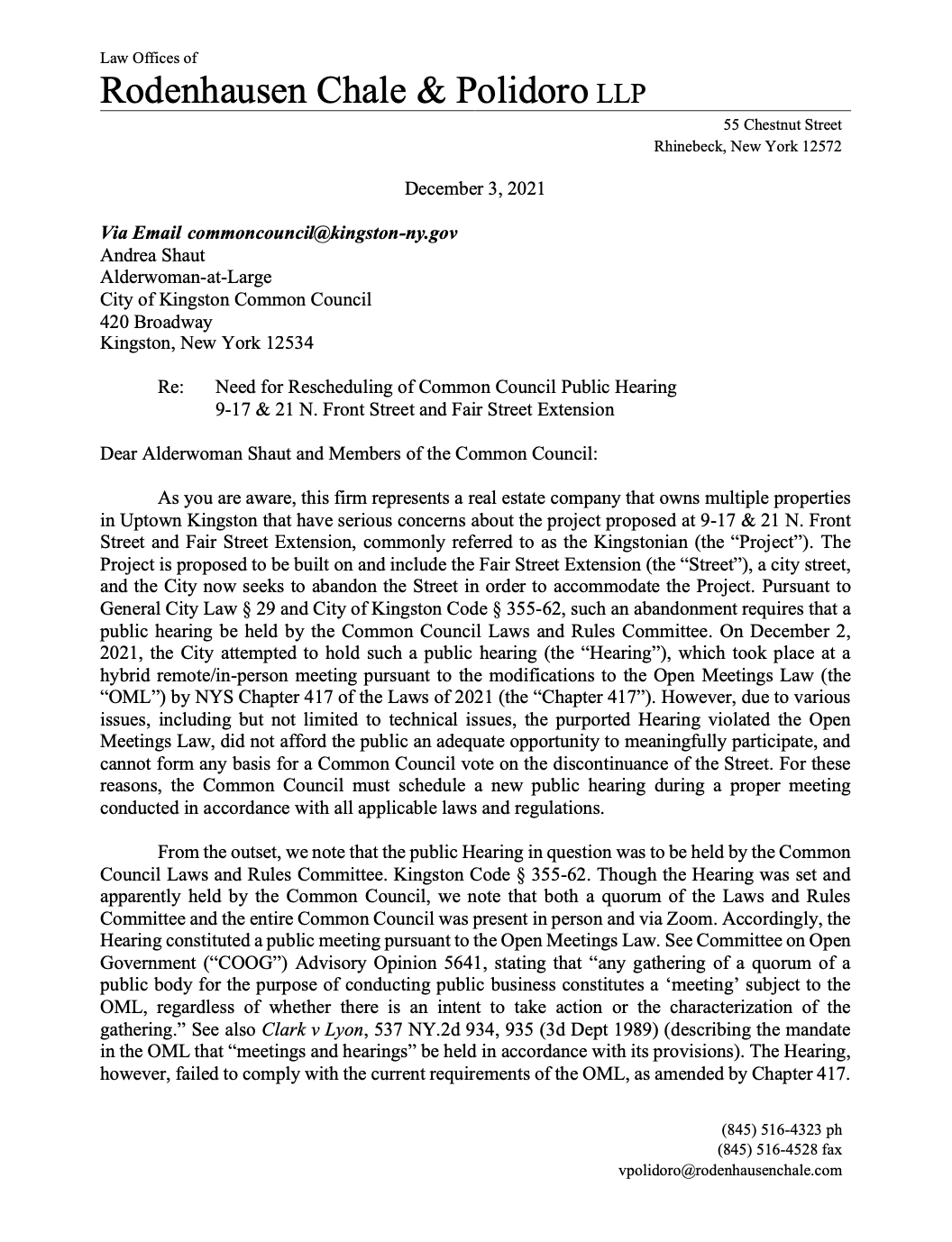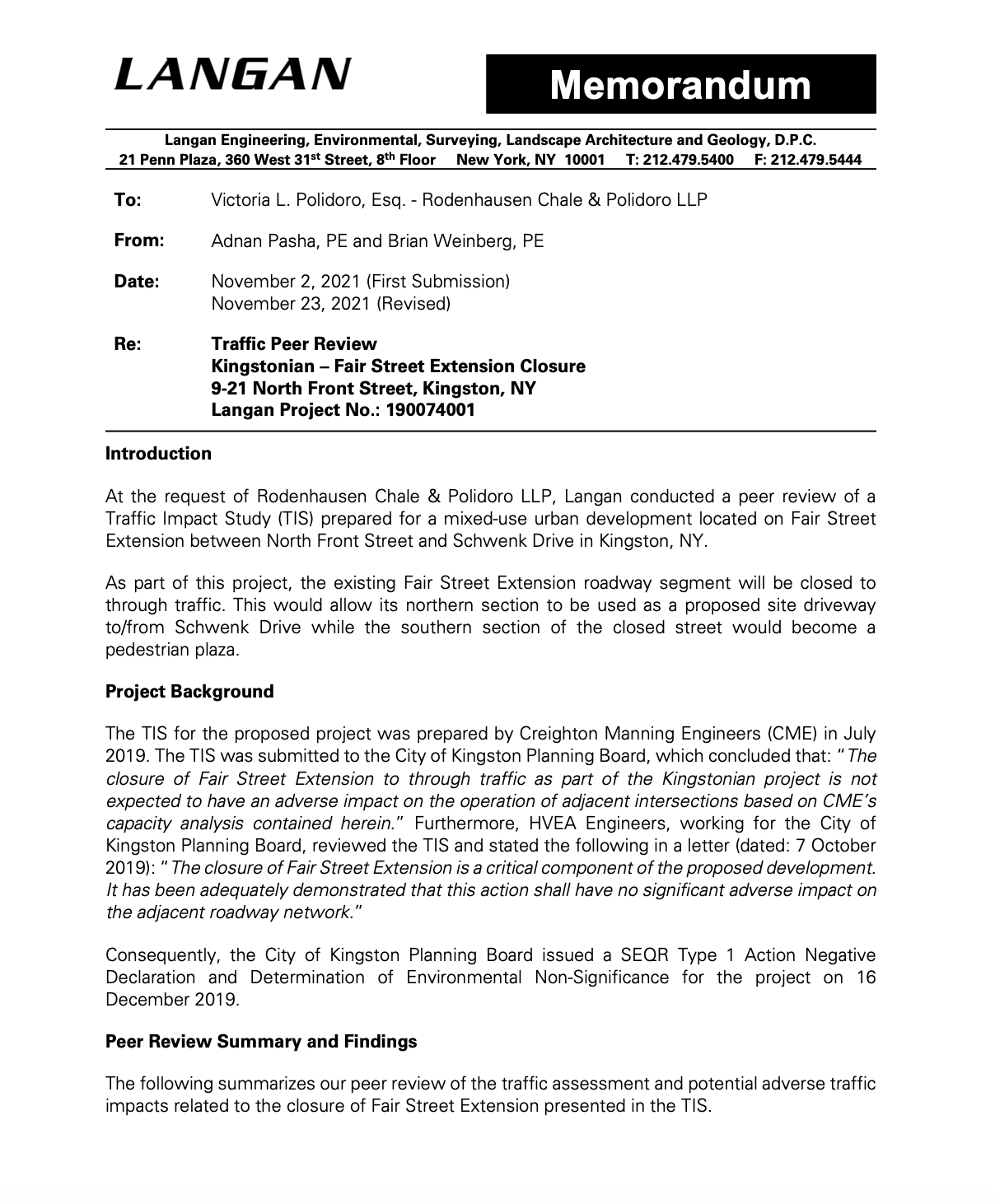
Penn Court Apartments, fall 2024 (photo credit: Rokosz Most)
Kingston Housing Authority tenants at Penn Court face two-years-long relocation, destination uncertain
By Rokosz Most
Plans to demolish the 32 units that make up Penn Court, a low-income housing development owned by the Kingston Housing Authority (KHA) in the city of Kingston, in order to build up a new four story senior housing building in its place, have affordable housing advocates on edge. Worried for current residents who will have to move during the two-years long project and questioning the veracity of the ever-shifting relocation plans communicated so far.
The demolition and redevelopment is to be undertaken by Mountco Construction.
Spokespersons for both the KHA and Mountco, the KHA’s private partner in development, have insisted that no residents will be displaced.
Speaking to the planning board on October 22, Executive Director of the KHA, Harolda Wilcox, asserted that all tenants displaced by the demolition would be relocated to the Rondout Gardens Apartments, another KHA-owned property within the city limits.
“We have units at Rondout,” Wilcox said, “that they will be relocated to, but they still have the first right to return, so once the completion of the construction is done they will still get first opportunity to move back to those [newly constructed] units.”
Along with the 131 units of the Rondout Gardens, the KHA currently manages 350 other rental units over four other properties spread across the city of Kingston- Colonial Gardens, Wiltwyck Gardens, Leonard & Vera Van Dyke Apartment- formerly known as the Stuyvesant Charter Apartments and Brigham senior housing, owned by Jobco Inc out of Lake Success, NY.
Skeptical with Wilcox’s explanation, City of Kingston Common Council alderwoman Michele Hirsch wants more details.
“To say that during a housing crisis, 32 households can be permanently relocated to [another KHA property],” Hirsch said, “I don’t see how that’s possible unless they’re warehousing apartments that we don’t know about.”
Assemblymember Sarahana Shrestha, likewise interested to see the actual plan as it was written, had her office reach out to the agency responsible for administering housing and community development programs in New York State, the HCR.
According to the HCR, as of November 15, no relocation plans spelling out the address where the tenants will be moved have been submitted. However the agency did note that the KHA may need to begin relocating residents prior to their official application.
“They’re announcing publicly there’s a plan,” says Hirsch, “and there’s no plan that’s been submitted.”
Since October 10, the tenants of Penn Court have been receiving 90-day notices of their impending ‘permanent relocation’- the official terminology of their move spelled out in the KHA letter- which specifies the duration of the project as 24 months.
Expressing apprehension at how the KHA might react if they were identified in print, all tenants of the Penn Court apartments interviewed for this article requested that their real names not be used.
Mr. Moran, a tenant of Penn Court for years says he received his letter, but says the letter doesn’t specify where he’ll be relocated to.
“I don’t know if it’s Rondout or down below [Colonial Gardens]. I haven’t been notified as to where at.”
Grateful to have options for housing with the KHA, he doesn’t hold any illusions about being able to make it out in Kingston’s private rental housing market.
“I’ve seen the prices, man,” says Moran. “It’s crazy. Especially when you’re on a fixed income, you know. SSI (Supplemental Security Income).”
Across the way, Miss Millie says her letter doesn’t tell her where she is going to be moved either. A relative newcomer to Penn Court, she admits the imminent move and the proposed duration of the project inconveniences her but that she would even endure living in a hotel if it meant she could return to a KHA building. Her main concern is that she stays in the city.
“If I was allowed the freedoms I have, within reason, then I wouldn’t mind as long as it was still local and I could get to work. I definitely wouldn’t want to go to a DSS (Department of Social Services) hotel and have to deal with DSS and rules and stuff.”
She’s held the same job for five and a half years and relies on public transportation to get there. She points out that she has a son buried in St. Mary’s cemetery, across Flatbush Ave, one hundred yards away from her front door.
“So, yeah, I plan on dying here.”
Miss Millie says that the KHA letter instructs that letter recipients will be relocated between January 15th and April 15th, 2025.
“We’ll be permanently relocated with a right to return to the new building… We’d know where we’d be moving 30 days in advance. And that’s if we’re in good standing.”
Back across the courtyard, speaking from the door of his apartment, Mr. Seamus, fears the upcoming move.
“All I know is I can’t afford O’Neil street,” says the sixty-year-old, who uses O’Neil as his shorthand for the private rental market in Kingston. Born here in the city, lived his whole life here, Mr. Seamus wants to stay near his sister. “I can’t move far away. I’ve got health problems.”
As anyone who has looked to find housing within the KHA universe knows, vacancies are typically few and far in between. A waiting list opens only sporadically, never failing to attract hundreds of new applicants.
Over the course of three days in 2023, (August 15 through August 17), the KHA received approximately 1,500 applications. This year, after accepting applications for just the Van Dyke apartments, the KHA reported approximately 200 applicants on the waitlist for one-bedroom apartments and approximately 150 on the list for two bedroom apartments. Portfolio-wide, as of October, the KHA reported approximately 1,000 people on its waiting list.
Over the course of 2022-2023, typical amounts of vacancies were four to five units per building. Due in part to redevelopment efforts among its properties, currently the KHA reports approximately 39 units vacant across its entire portfolio.
Back in May, vice president for Mountco, John Madeo, told the KHA board of commissioners that instead of units at the Rondout gardens, the residents of Penn Court would be moved to vacant apartments at the Leonard and Vera Van Dyke complex.
Then back in July, at a time when Mountco and the KHA had been looking at demolishing three completely different buildings, this time in the Rondout Gardens, Madeo shared still a third version of where vacancies could appear in the KHA portfolio.
Speaking at a meeting with affected residents, Madeo was more expansive as he gamed out what the plans to relocate residents might actually look like in practice.
“The first thing we’re going to do is look at, are there any vacancies here at Rondout. If not here, we’ll look at other housing authority developments, whether it’s Van Dyke, whether it’s Wiltwyck, whether it’s Colonial Gardens. If we still don’t have any vacancies, we’re going to look outside [the KHA properties] in Kingston.”
When push comes to shove, if enough units aren’t available across all KHA properties, the expectation that any rental housing affordable to low-income tenants in Kingston’s private real estate market will be available is a longshot.
Included as part of the City of Kingston’s Comprehensive plan for 2024, a housing market analysis noted that “there is insufficient housing for households earning 0-30% AMI and 30-50% AMI in the City of Kingston with a 1,060 rental unit gap between the 1,455 renters earning 0-30% and the 395 units considered affordable to this population and a 145 rental unit gap for the 1,145 renters earning 30-50% AMI”.
Even if Madeo has not been made aware of the dearth of housing which exists in Kingston’s private market, and Mountco has been in partnership with the KHA since 2019, the KHA certainly knows.
The public authority administers the City’s Section 8 Housing Voucher (HVC) Program, through which it provides up to 180 vouchers. Again, from the city of Kingston’s comprehensive plan:
“Due to the extremely limited housing stock available within the City, oftentimes the vouchers end up needing to be returned after an already extended 6-month period to try to locate housing.”
In the same report, a needs assessment also notes “at any given time 100 housing choice voucher holders do not have access to housing in the City due to lack of inventory. With no other options available, 100 voucher holders in 2023 had to seek assistance from homeless shelters.”
Speaking to Madeo at the meeting in July of 2023, an unidentified tenant from one of the Rondout Gardens buildings slated for demolition perhaps said it best.
“I’m sure you realize it. It was in [Cosmopolitan magazine] that Kingston is the place to be. We all know that no one’s going to be looking for another place in Kingston, because it’s going to be impossible to find.”
“If we can’t find anyplace else,” Madeo said at that meeting, “then we’re going to have to take care of you and put you in a hotel while we renovate your unit.”
According to Hirsch, a hotel would not be a viable option for a permanent relocation as it’s not comparable housing, which is a standard raised by the Uniform Relocation Assistance and Act of 1970, (URA) the federal law which governs the displacement or temporary relocation of tenants receiving federal subsidies. The same law also raises questions about the 90 day notice the KHA has been mailing to the Penn Court residents.
The U.S. Department of Housing and Urban Development requires that the notice may not be issued unless a comparable replacement dwelling is available and the displaced person is informed of its location. Received by tenants, the notice does refer to relocation within other KHA owned housing units without specifying the location.
Not clearly understood by those tenants facing relocation are the motivations behind the KHA’s push for conversion of various properties in its portfolio of Section 9 housing over to Section 8, and the financial opportunities which become available once a public authority partners with a private developer.
Rennie Scott-Childress, majority leader of the City of Kingston Common Council, and chair this year of the KHA, explains the commission’s partnership with Mountco like this.
“The issue is the board recognizes that A, we need to renovate a lot of our properties. They haven’t been renovated in 20, 30, 40, 50 years. So the question is, how do we get renovations done? So you put out a request for proposals and it could be a not-for-profit, it could be a for-profit. From the replies, we look and see which one is going to give us the best deal from our perspective. A company like Mountco, their money doesn’t come from rental profits. They don’t make a profit, per se, from selling their interests back to us. Their money comes from being able to use tax credits. But in order to qualify, they have to be at least part-owner. These are all state rules. And so that means we’re in league with a private company, but we are not becoming a private company. Keep in mind, we are a state authority and we have certain requirements by the state of what we have to do, so we can’t become a private entity. The main thing is that Mountco is looking for those tax credits.”
When the Division of Homeland and Community Renewal wouldn’t sign off last September on the previous redevelopment plans Mountco had pursued to demolish and redevelop the three buildings in the Rondout Gardens, Mountco switched to the demolition and redevelopment of Penn Court instead.
“The State has their own priorities,” Madeo explained during a September KHA meeting. “They pushed back on Rondout Gardens and want the state sites prioritized.”
Phase two of a of three-part renovation plan was reconfigured to lead with the renovation of Colonial Gardens and Wiltwyck Gardens as well as the demolition and redevelopment of Penn court, all state subsidized properties which would realize 223 units of rehab and new construction with 60 units; 50 of them at Penn Court.
During the process of large scale, multi-unit renovations, developers find it handy to have a few vacancies to fall back on. Madeo calls them ‘swing units’.
“And then I circulate those units going forward, when that unit becomes vacant again, the other tenant goes back there. In the industry, it’s called checkerboarding. You move this person here, you move that person there…”
This complicated logistical puzzle may lend insight to multiple occasions in which members of the KHA or employees of Mountco have been heard to muse openly about whether some tenants might not prefer to move out of the county – or even out of the state – if they could.
Any of the tenants renting units at the Rondout Gardens affected by the ‘Streamlined Voluntary Conversion’(SVC) which the HCR signed off on last September will be able to take HUD funding with them in search of affordable rents in the private market, no matter how far flung, wherever they can find them.
Scott-Childress explained during an interview in July. “They’re both Section 8. It’s all under the same rubric. Some of those vouchers go with a person. So if you got the personal one, here in Kingston. You could say, oh, you know what? I have to move to San Diego. You could take it with you to San Diego.”
Mr. Moran for one, would be game for a big move. “If they moved me to Florida, I would love to go,” he says. “I miss the beach.”
But he’s an outlier. The majority of the Penn Court tenants interviewed want to stay right here in the City of Kingston. So if it’s to be a permanent relocation to Rondout Gardens, like Director Wilcox said, that’ll work, they say. Wherever it will be, as long as it’s in the KHA portfolio, there’s no place like home.
Addendum:
With legal counsel listening in (Jeff Sculley, Catania, Mahon & Rider), Executive Director of the KHA Harolda Wilcox and Vice President of Mountco John Madeo answered questions from reporters outside a City of Kingston Planning Board meeting on Nov 18.
Rokosz Most: When are you guys going to submit an application to HCR that specifies where the tenants are going to be moved to?
John Madeo: We’ve already submitted a preliminary, what’s called a technical application submission. We’re waiting for the state to respond. Once they give us their comments, then we’ll submit the application. We’re hoping that’s going to happen within the next 30 days, before the end of the year, let’s say.
RM: Do you think you jumped the gun sending the 90-day letters to the tenants before the planning board has agreed to grant you waivers?
Harolda Wilcox: No. Legally, we had to. Even if we don’t get a closing, which we’re hopeful of, we have to have the 90-days out prior. It’s HUD rules.
RM: At the last planning board meeting, you indicated that all 32 households would be moved to Rondout Gardens. I don’t know if that’s plausible.
Madeo: I don’t know if that’s what we said.
RM: That’s what [Wilcox] said.
Wilcox: We’re working on it. We have units held for them.
RM: But 32 vacancies at Rondout Gardens. It’s probably going to be more likely spread around the KHA portfolio, I would think.
Wilcox: Most of them are going to be at Rondout Gardens.
Madeo: But if we have to move somebody someplace else, we will.
RM: And you all don’t see anybody ending up in hotels?
Madeo: I don’t think so, no. I mean, that’s a last resort. And it’s our obligation to relocate people. But that’s not where we’d like to put people.
RM: They’re permanently relocated, but with an option to return.
Wilcox: Yes. That’s the idea.
Madeo: That’s a fair way to put it. But it’s not 32 [vacancies]
RM: No?
Madeo: There are 32 units, but they’re not all occupied.
RM: How many are vacant?
Wilcox: Off the top of my head, I can’t tell you. I’ll let you know.
The project to demolish Penn Court and redevelop the property requires waivers because at the size and scope that Mountco intends is currently at odds with the newly adopted form-based code which requires any new buildings conform with the context and character of a surrounding neighborhood.
Board member Robert Jacobsen explained the board’s hesitation so far to grant the waivers.
“If we Grant these major waivers then how does that affect other projects that come before us? Because we’re basically ignoring what the code is. I am in favor of the housing. I am in favor of the building. I think it’s a great building but it’s a building that’s really meant for our Midtown District that has an overlay district,” said Jacobsen. “It has height requirements that allow for that type of height, or even higher. It just doesn’t feel like it’s the right place. It’s a very densely populated residential two story complex through all of colonial gardens, Stuyvesant Apartment and the whole code that was formulated around the existing structures wants to keep it that way. and yet, with this building, you’re just packing so much in and that that’s what I’m struggling with.”
Rokosz Most is a freelance journalist. You can follow his work at Autoeroticgentrification on substack
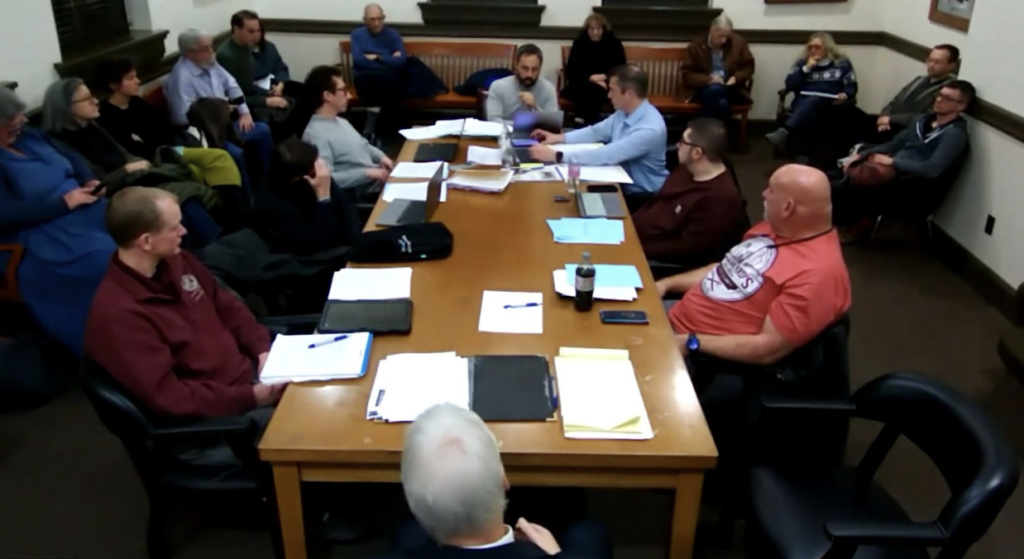 Screenshot of Zoom recording from Dec. 11 ZBA meeting
Screenshot of Zoom recording from Dec. 11 ZBA meeting





